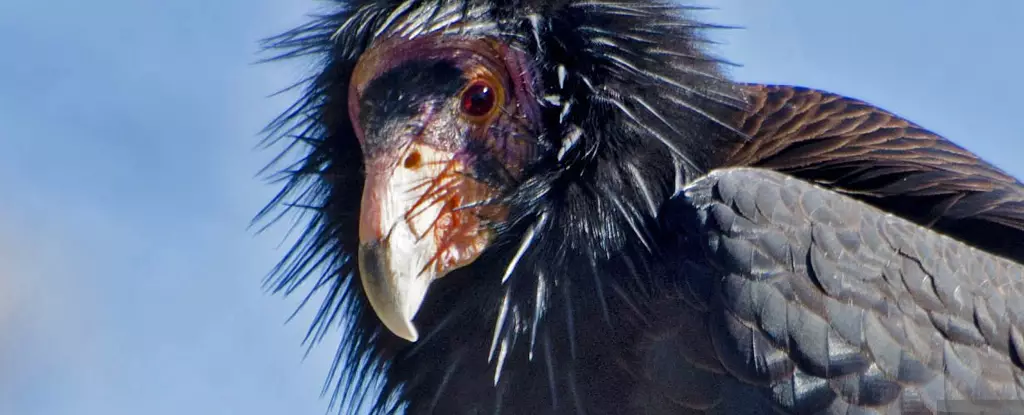The highly pathogenic avian influenza virus H5N1 has been spreading among animals at an unprecedented rate, being found on all continents except Oceania. The United Nations has labeled it as “a global zoonotic animal pandemic.” H5N1 has the ability to infect over 350 species of birds and close to 60 species of mammals, with migratory waterfowl being especially susceptible to avian-borne influenza viruses. While infected waterfowl are usually asymptomatic carriers, they can spread the virus to other species along their migratory routes. This global transfer of disease allows for the continuous adaptation of virus genetics and virulence.
Evidence suggests that climate change is playing a role in the emergence of zoonotic viruses like H5N1. As global climate conditions change, avian migratory patterns and routes are also shifting. Higher temperatures and extreme weather events have led to significant population shifts in various temperate species, resulting in the emergence of diseases in new areas and in genetic configurations previously unseen. The cases of H5N1 in polar regions, including the first confirmed death of a polar bear due to H5N1 in Alaska, highlight the impact of changing climate conditions on the spread of the virus.
While the primary hosts of H5N1 are birds, there have been cases of the virus infecting mammals. The detection of H5N1 in dairy cattle and the infection of a Texas agricultural worker indicate that the virus is adapting to infect mammalian hosts as well. Furthermore, reports of unusual deaths in young goats on a farm in Minnesota, where poultry also tested positive for H5N1, suggest a cross-species transmission within the same farm. The detection of H5N1 in alpacas on a farm in Idaho further underscores the potential threat to livestock from the virus.
Role of Climate Change in Viral Spread
The detection of H5N1 on farms, paired with the analysis of viral dispersal patterns, emphasizes the importance of climate change in shifting bird migratory patterns and facilitating the spread of viruses globally. Wider seasonal variations induced by climate change are enabling the emergence of novel H5N1 variants. Warmer winters and earlier springs in North America are creating conditions conducive to the survival and spread of moisture-reliant pathogens, while cooler and wetter conditions enhance the survival of influenza viruses in bird droppings and contaminated water.
The H5N1 virus poses a significant threat to public health, as evidenced by recent cases of poultry-to-human and cattle-to-human transmissions. The high mortality rates associated with H5N1 in humans underscore the need for vigilant monitoring and response strategies. Strengthening healthcare infrastructure, educating communities about H5N1 risks, and promoting sustainable agricultural practices are essential components of a comprehensive response strategy. Additionally, conservation efforts to restore natural habitats and maintain healthy ecosystems play a crucial role in minimizing viral spread.
The impact of climate change on the spread of the H5N1 virus highlights the interconnectedness of environmental factors and public health. International collaboration on disease management and climate adaptation strategies is essential to safeguard the health of both the planet and its inhabitants against emerging viruses like H5N1. It is imperative for global leaders to remain vigilant in monitoring and responding to the trajectory of H5N1 to prevent future outbreaks and protect public health.


Leave a Reply